Wireless Charging
-

Xperia 1 VI
Announced: May 15, 2024
✓ Snapdragon® 8 Gen 3 (4nm)
✓ 256GB 12GB
✓ 48MP Triple rear camera
✓ 5000mAh (30W) batteryUP-COMING
-

vivo X100 Ultra
Announced: May 13, 2024
✓ Snapdragon™ 8 Gen 3 (4nm)
✓ 256GB-1TB 12GB/16GB
✓ 50MP Triple rear camera
✓ 5500mAh (80W) batteryUP-COMING
-

motorola edge 50 Ultra
Announced: April 16, 2024
✓ Snapdragon™ 8s Gen 3 (4nm)
✓ 512GB/1TB 12GB/16GB
✓ 50MP Triple rear camera
✓ 4500mAh (125W) batteryUP-COMING
-

motorola edge 50 PRO
Announced: April 03, 2024
✓ Snapdragon™ 7 Gen 3 (4nm)
✓ 128GB/256GB 8GB/12GB
✓ 50MP Triple rear camera
✓ 4500mAh (125W) batteryUP-COMING
-
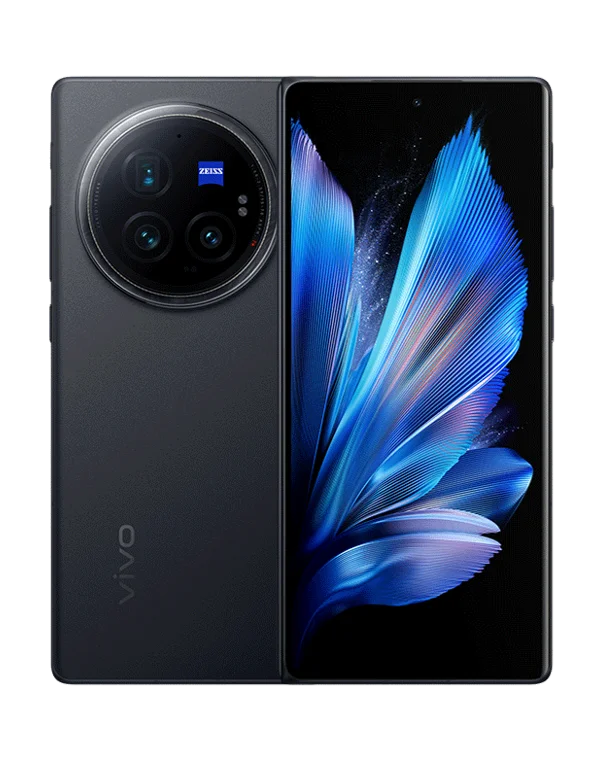
vivo X Fold3 Pro
Announced: March 26, 2024
✓ Snapdragon™ 8 Gen 3 (4nm)
✓ 512GB/1TB 16GB
✓ 50MP Triple rear camera
✓ 5700mAh (100W) batteryUP-COMING
-

HONOR Magic6 Pro
Announced: January 11, 2024
✓ Snapdragon™ 8 Gen 3 (4nm)
✓ 512GB 12GB
✓ 50MP Triple rear Camera
✓ 5600mAh (100W) batteryUP-COMING
-
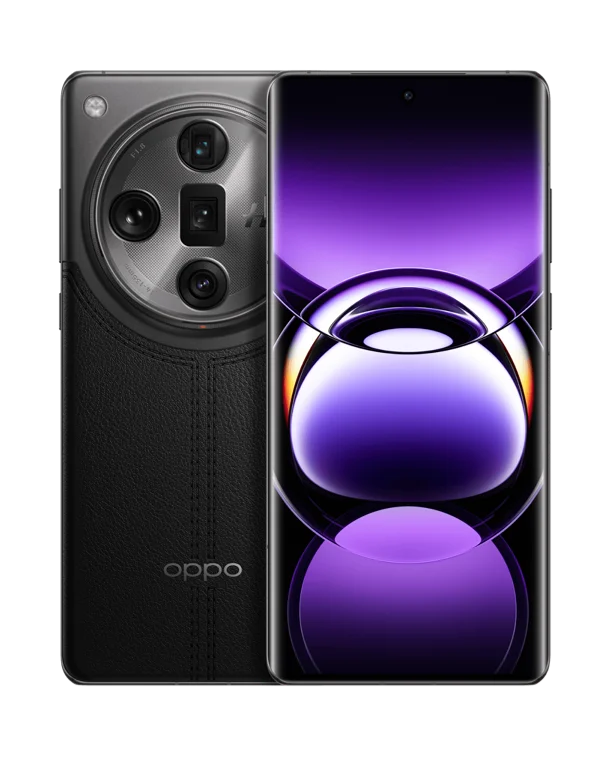
OPPO Find X7 Ultra
Announced: January 08, 2024
✓ Snapdragon® 8 Gen 3 (4nm)
✓ 256GB/512GB 12GB/16GB
✓ 50MP Quad rear camera
✓ 5000mAh (SUPERVOOC™ 80W)UP-COMING
-

OnePlus 12R
Announced: January, 2024
✓ Snapdragon™ 8 Gen 2
✓ 256GB-1TB 12GB/16GB
✓ 50MP Triple rear Camera
✓ 5500mAh (100W) batteryUP-COMING
-
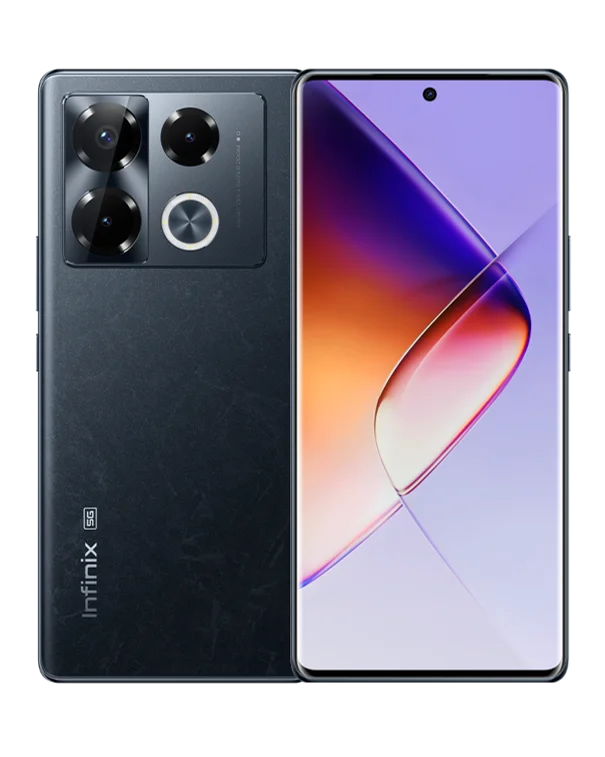
Infinix NOTE 40 Pro+ 5G
Announced: March 18, 2024
✓ MTK DIMENSITY 7020 (6nm)
✓ 256GB 12GB
✓ 108MP Triple rear camera
✓ 4600mAh (100W) batteryUP-COMING
-

Infinix NOTE 40 Pro 5G
Announced: March 18, 2024
✓ MTK DIMENSITY 7020 (6nm)
✓ 256GB 8GB
✓ 108MP Triple rear camera
✓ 5000mAh (45W) batteryUP-COMING
-
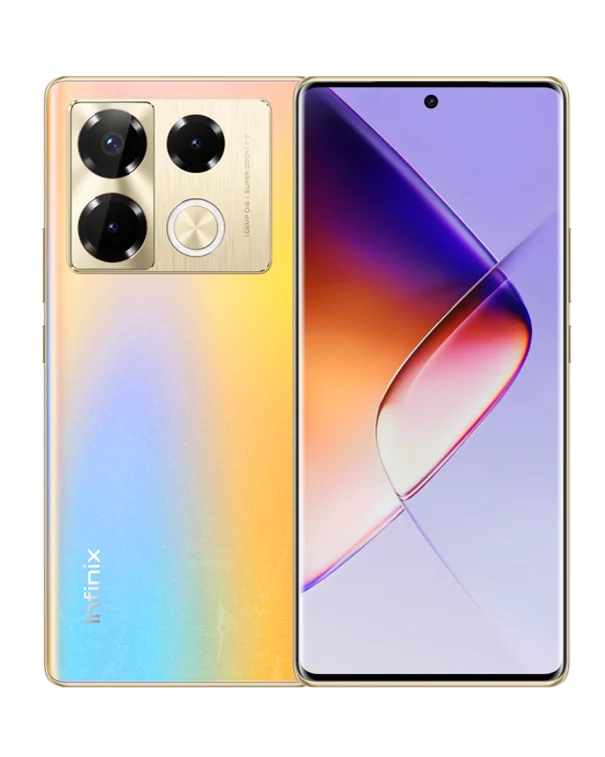
Infinix NOTE 40 Pro
Released: April 01, 2024
✓ MTK Helio G99 Ultimate (6nm)
✓ 256GB 12GB
✓ 108MP Triple rear camera
✓ 5000mAh (70W) batteryPKR 69,999
-

Galaxy S24 Ultra
Released: February 20, 2024
✓ Snapdragon® 8 Gen 3 (4nm)
✓ 256GB 12GB
✓ 200MP Quad rear camera
✓ 5000mAh (45W) batteryPKR 399,999
-

Galaxy S24+
Announced: January 17, 2024
✓ Snapdragon® 8 Gen 3 (4nm)
✓ 256GB/512GB 12GB
✓ 50MP Triple rear camera
✓ 4900mAh (45W) batteryUP-COMING
-
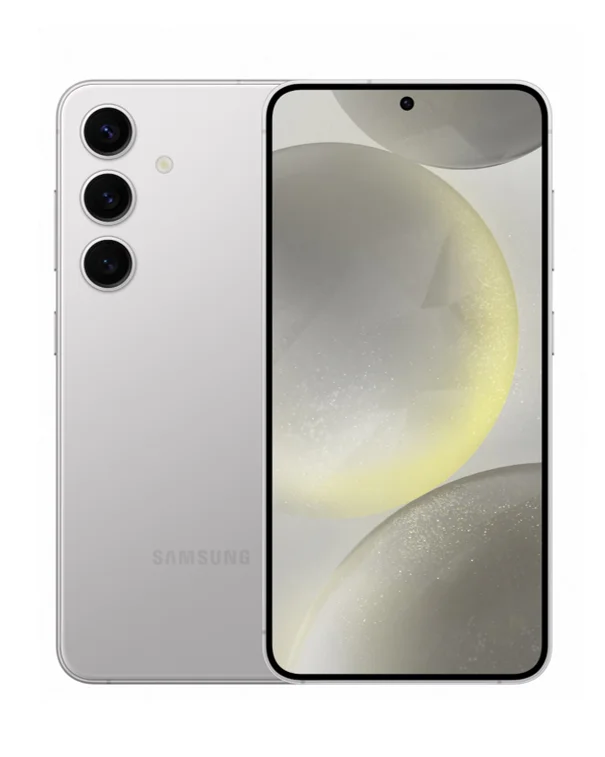
Galaxy S24
Released: February 20, 2024
✓ Exynos 2400 (4nm)
✓ 256GB 8GB
✓ 50MP Triple rear camera
✓ 4000mAh (25W) batteryPKR 269,999
-

realme GT5 Pro
Announced: December 07, 2023
✓ Snapdragon™ 8 Gen 3 (4nm)
✓ 256GB/512GB/1TB 12GB/16GB
✓ 50MP Triple rear camera
✓ 5400mAh (100W) batteryUP-COMING
-
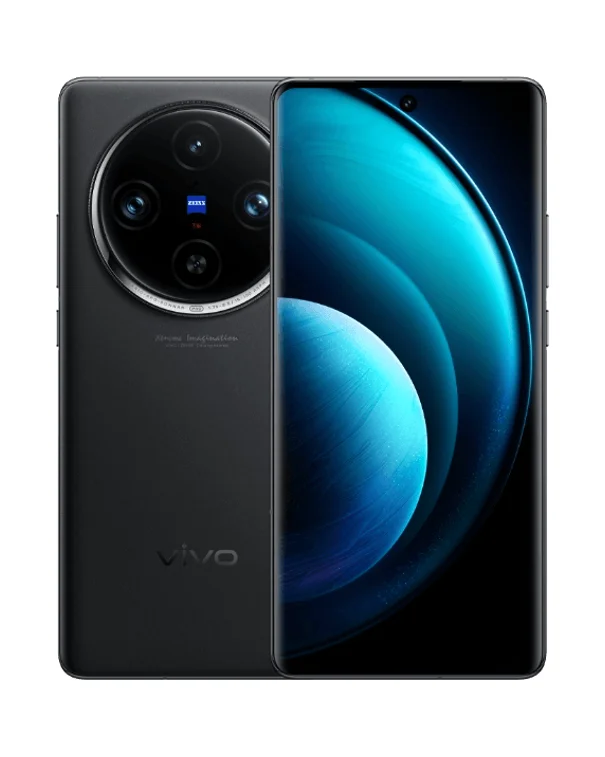
vivo X100 Pro
Announced: November, 2023
✓ MediaTek Dimensity 9300 (4nm)
✓ 256GB - 1TB 12GB/16GB
✓ 50MP Triple rear camera
✓ 5400mAh (100W) batteryUP-COMING
-

Xiaomi 14 Pro
Announced: October 26, 2023
✓ Snapdragon® 8 Gen 3 (4nm)
✓ 256GB-1TB 12GB/16GB
✓ 50MP Triple rear camera
✓ 4880mAh (120W) batteryUP-COMING
-
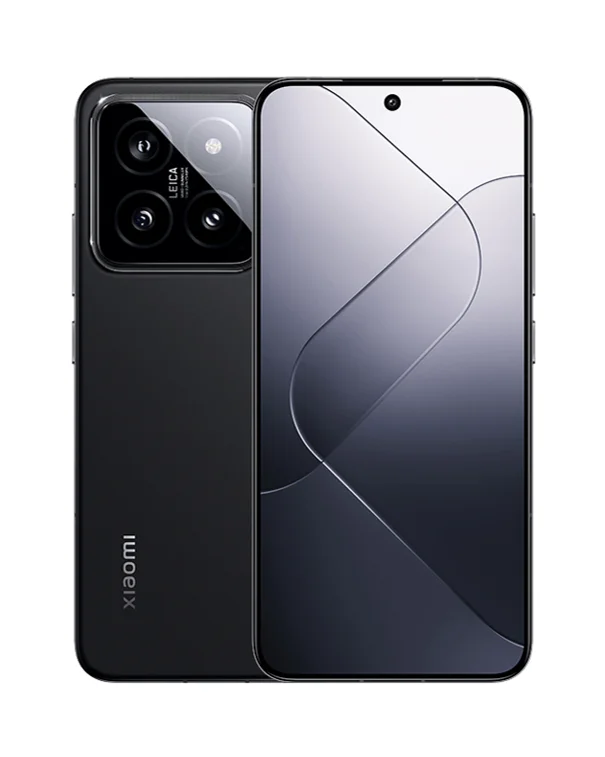
Xiaomi 14
Released: February 27, 2024
✓ Snapdragon® 8 Gen 3 (4nm)
✓ 512GB 12GB
✓ 50MP Triple rear camera
✓ 4610mAh (90W) batteryPKR 339,999
-
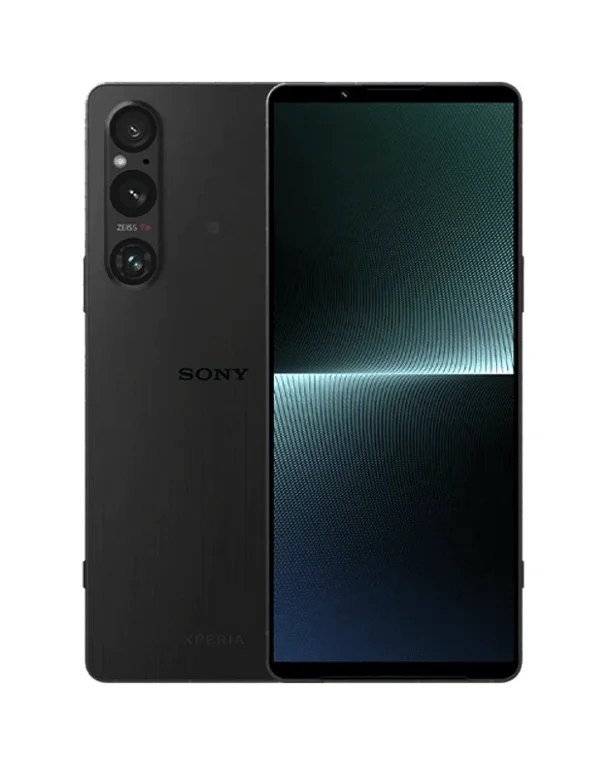
Xperia 1 V
Announced: May 11, 2023
✓ Snapdragon™ 8 Gen 2
✓ 256GB/512GB 12GB
✓ 52MP Triple rear camera
✓ 5000mAh (30W charging)UP-COMING
-
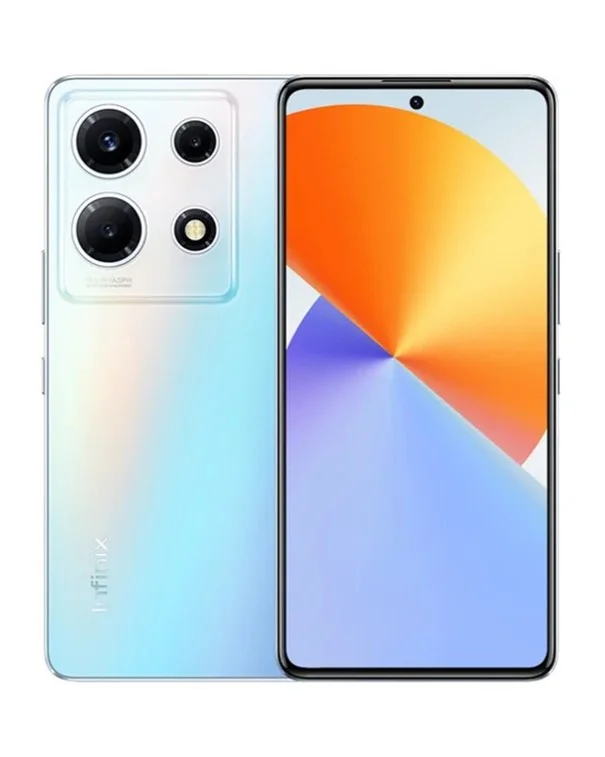
Infinix NOTE 30 VIP
Released: August, 2023
✓ MTK Dimensity 8050 (6nm)
✓ 256GB 12GB
✓ 108MP Triple rear camera
✓ 5000mAh (68W) batteryPKR 84,999
-
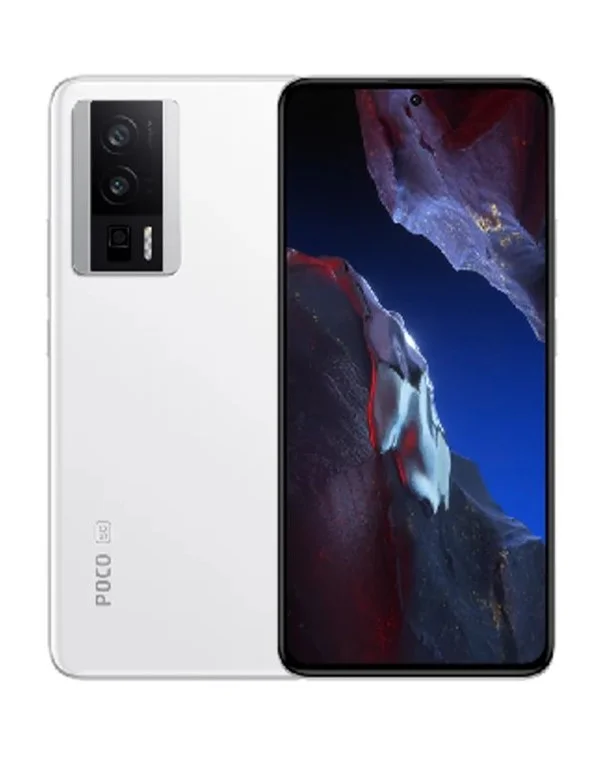
POCO F5 Pro
Announced: May 09, 2023
✓ Snapdragon® 8+ Gen 1 (4nm)
✓ 256GB/512GB 8GB/12GB
✓ 64MP Triple rear camera
✓ 5160mAh (67W charging)UP-COMING
-
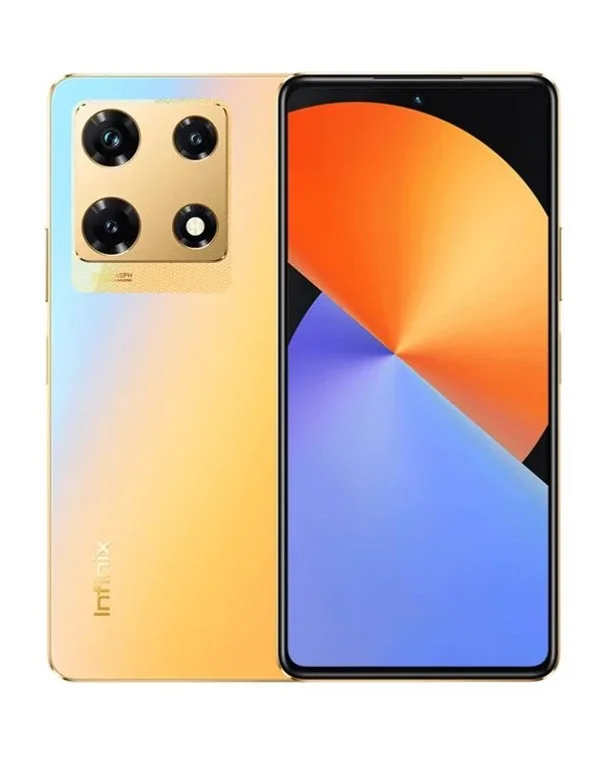
Infinix NOTE 30 Pro
Announced: May 22, 2023
✓ Mediatek Helio G99 (6nm)
✓ 256GB 8GB
✓ 108MP Triple rear camera
✓ 5000mAh (68W) batteryPKR 52,999
-

Infinix NOTE 30 Pro
Announced: May 22, 2023
✓ Mediatek Helio G99 (6nm)
✓ 256GB 8GB
✓ 108MP Triple rear camera
✓ 5000mAh (68W) batteryPKR 52,999
-

Xiaomi 13 Ultra
Announced: April 18, 2023
✓ Snapdragon® 8 Gen 2
✓ 1TB 16GB
✓ 50MP Quad rear camera
✓ 5000mAh (90W) batteryUP-COMING
-
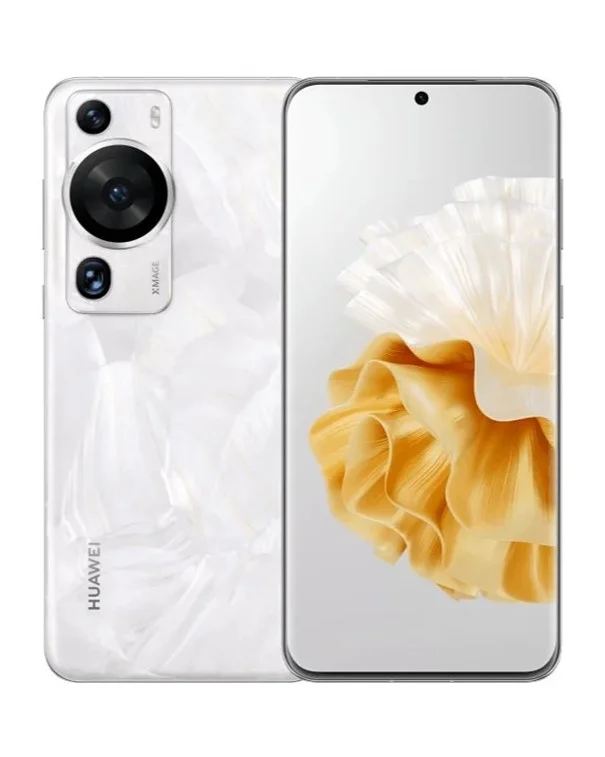
Huawei P60 Pro
Announced: March 31, 2023
✓ Snapdragon™ 8+ Gen 1
✓ 256GB/512GB 8GB/12GB
✓ 48MP Triple rear camera
✓ 4815mAh (88W charging)UP-COMING
-
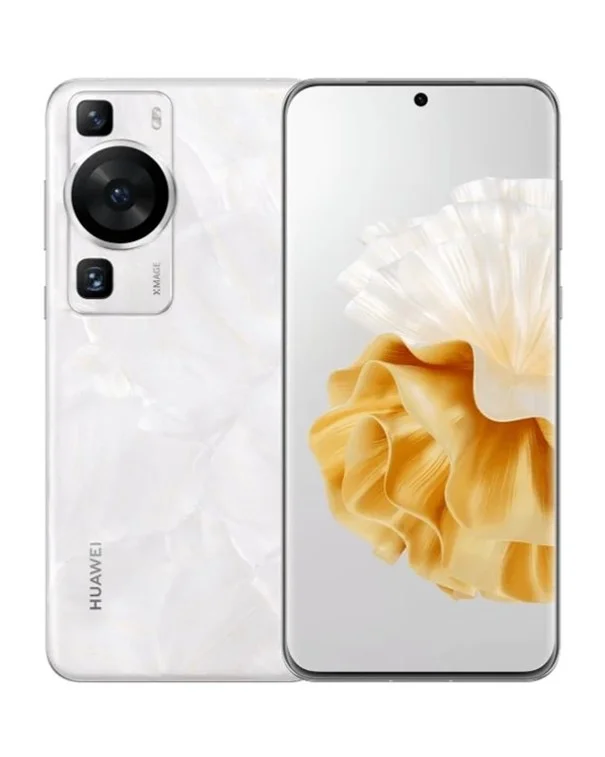
Huawei P60
Announced: March 31, 2023
✓ Snapdragon™ 8+ Gen 1
✓ 256GB/512GB 8GB
✓ 48MP Triple rear camera
✓ 4815mAh (66W charging)UP-COMING
-
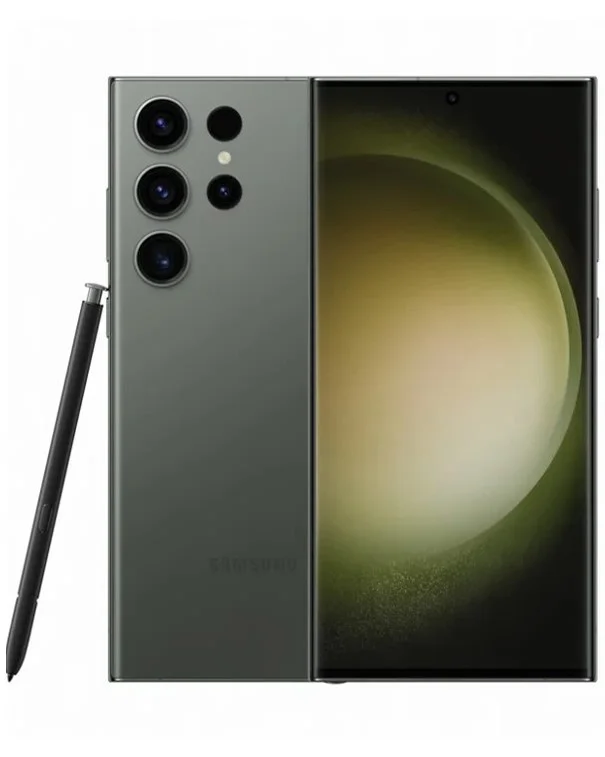
Galaxy S23 Ultra
Released: March 01, 2023
✓ Snapdragon™ 8 Gen 2
✓ 512GB 12GB
✓ 200MP Triple rear camera
✓ 5000mAh (45W) batteryPKR 514,999
-
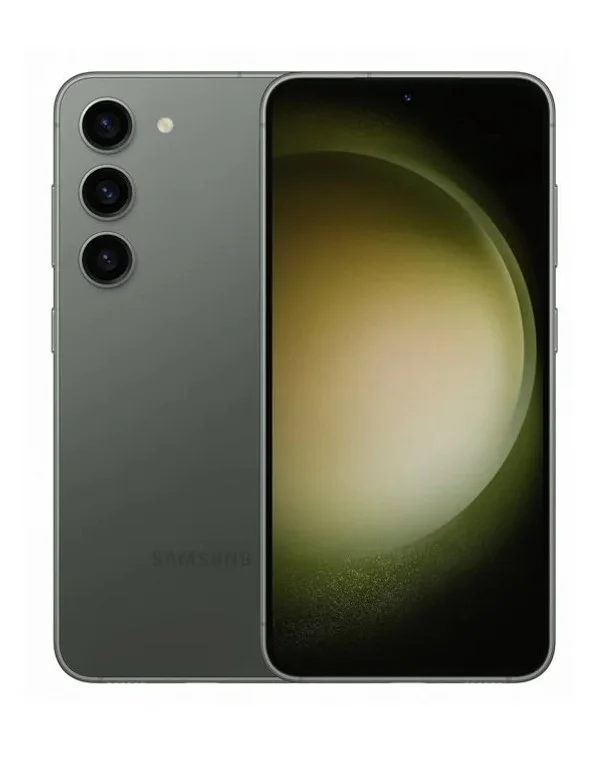
Galaxy S23+ 5G
Announced: February 01, 2023
✓ Snapdragon 8 Gen. 2
✓ 256GB/512GB 8GB
✓ 50MP Triple rear camera
✓ 4700mAh (45W) battery-
-
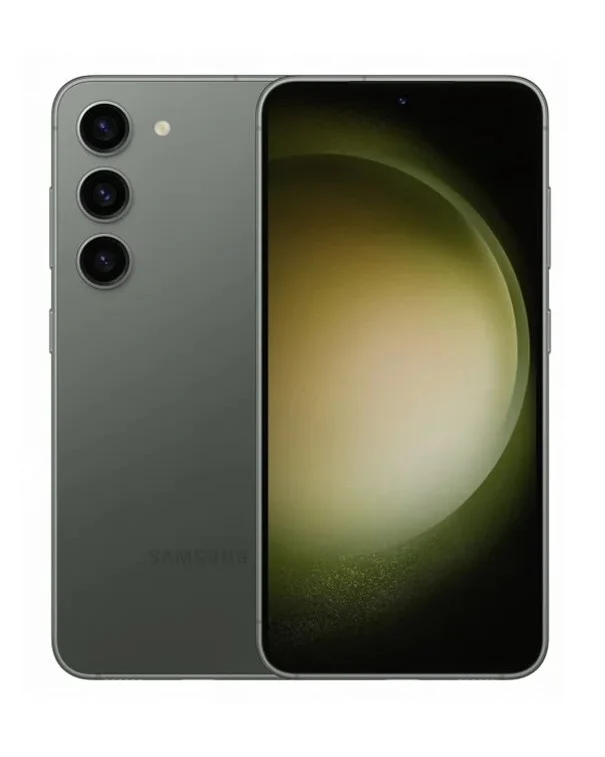
Galaxy S23
Released: March 01, 2023
✓ Snapdragon 8 Gen. 2
✓ 256GB 8GB
✓ 50MP Triple rear Camera
✓ 3900mAh (25W) batteryPKR 400,000
-

vivo X90 Pro
Announced: November 22, 2022
✓ MTK Dimensity 9200
✓ 256GB/512GB 8GB/12GB
✓ 50MP Triple rear camera
✓ 4870mAh (120W)UP-COMING
-

vivo X90
Announced: November 22, 2022
✓ MTK Dimensity 9200
✓ 128GB/256GB 8GB
✓ 50MP Triple rear camera
✓ 4810mAh (120W)UP-COMING
-
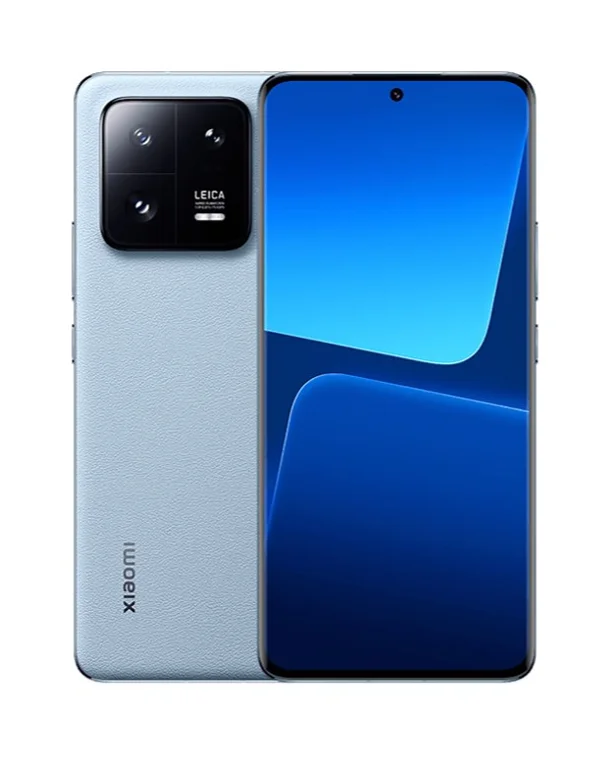
Xiaomi 13 Pro
Announced: December, 2022
✓ Snapdragon® 8 Gen 2
✓ 512GB 12GB
✓ 50MP Triple rear camera
✓ 4820mAh (120W charging)UP-COMING
-
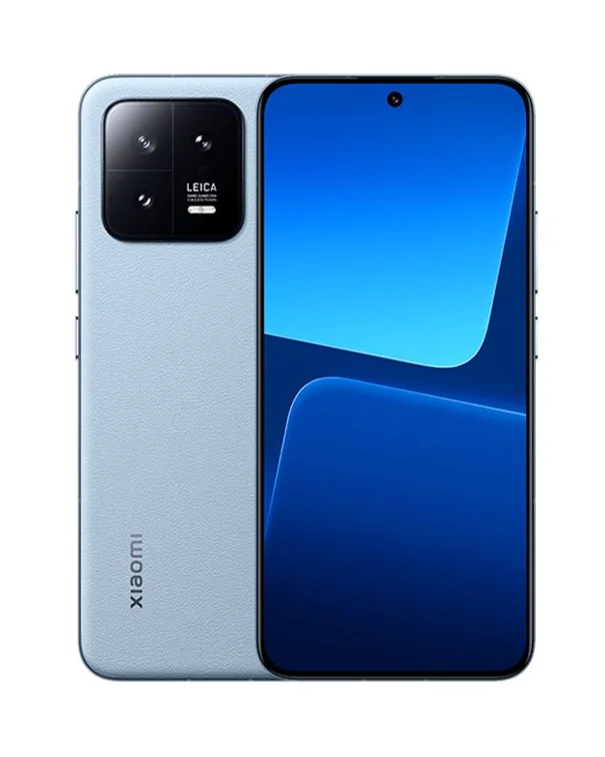
Xiaomi 13
Announced: December, 2022
✓ Snapdragon® 8 Gen 2
✓ 512GB 12GB
✓ 50MP Triple rear camera
✓ 4500mAh (67W charging)UP-COMING
-

Huawei Mate 50 Pro
Released: September 28, 2022
✓ Snapdragon™ 8+ Gen 1
✓ 6.74" OLED 120Hz
✓ 64MP Triple rear camera
✓ 4700mAh (66W charging)UP-COMING
-
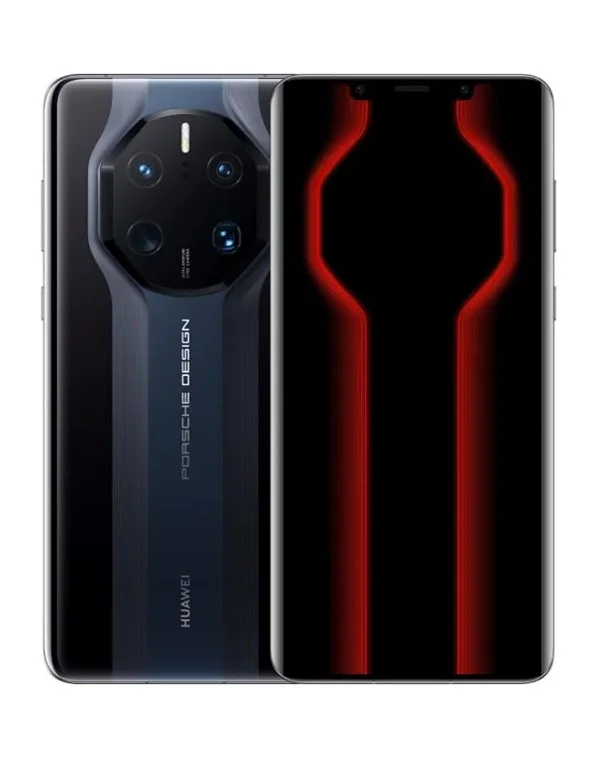
PORSCHE DESIGN Mate 50 RS
Released: September 21, 2022
✓ Snapdragon™ 8+ Gen 1
✓ 6.74" OLED 120Hz
✓ 50MP Triple rear camera
✓ 4700mAh (66W)UP-COMING
-
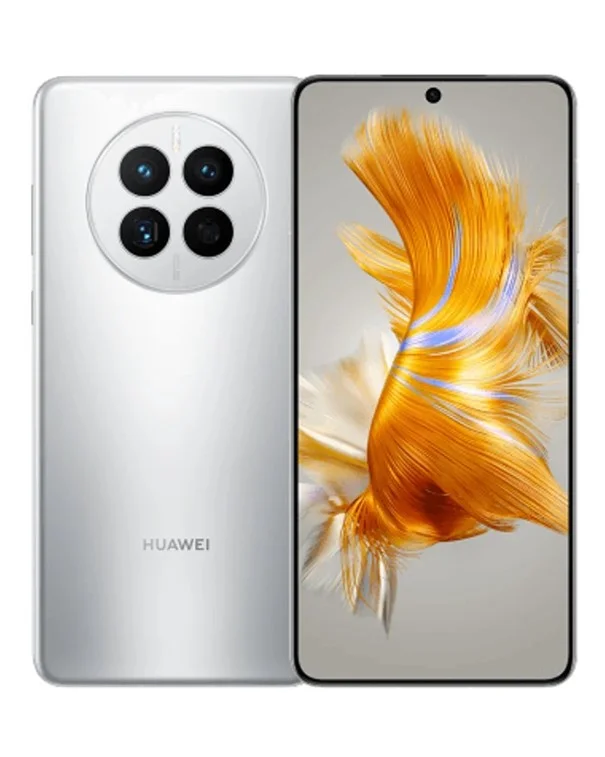
Huawei Mate 50
Released: September 28, 2022
✓ Snapdragon™ 8+ Gen 1
✓ 6.7" OLED 90Hz
✓ 50MP Triple rear camera
✓ 4460mAh (66W charging)UP-COMING
-
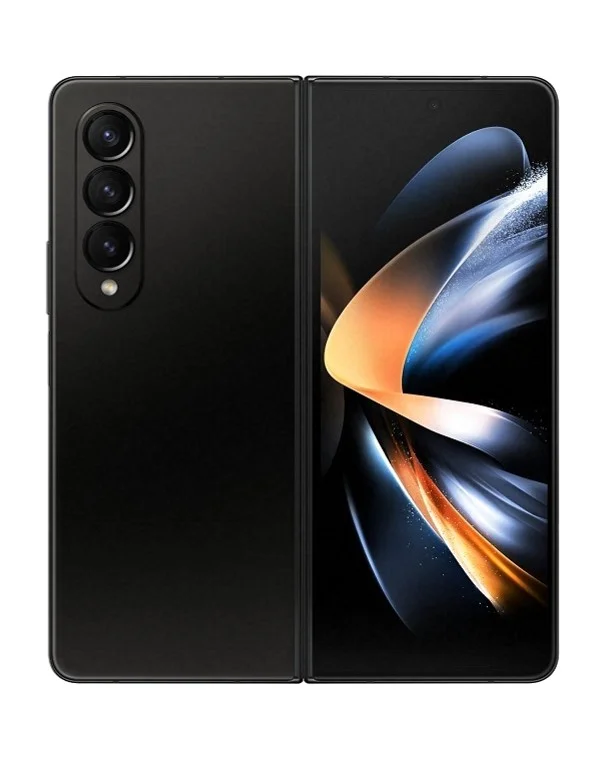
Galaxy Z Fold4
Released: August 25, 2022
✓ Snapdragon™ 8+ Gen 1 (4nm)
✓ 512GB 12GB
✓ 50MP Triple rear camera
✓ 4400mAh (25W) batteryPKR 375,000
-
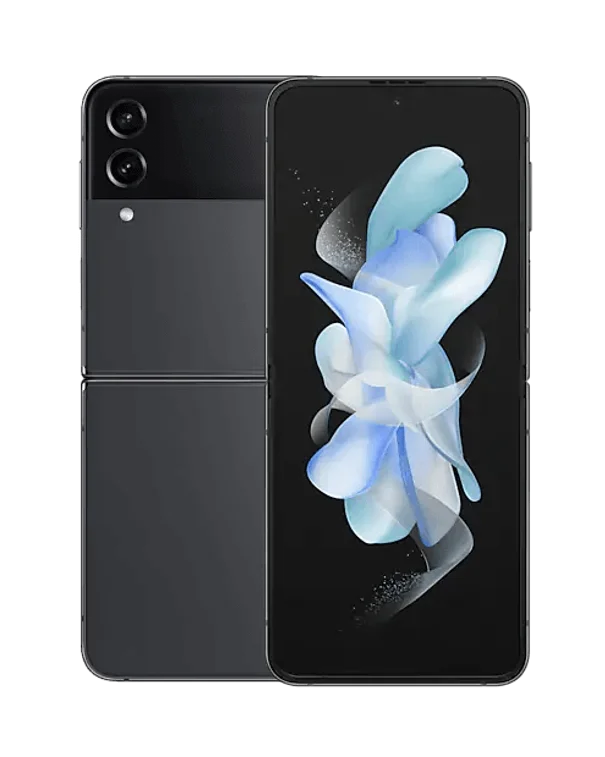
Galaxy Z Flip4
Released: August 25, 2022
✓ Snapdragon® 8+ Gen. 1
✓ 256GB 8GB
✓ 12MP Dual rear camera
✓ 3700mAh (25W) batteryDIS-CONTINUED
-
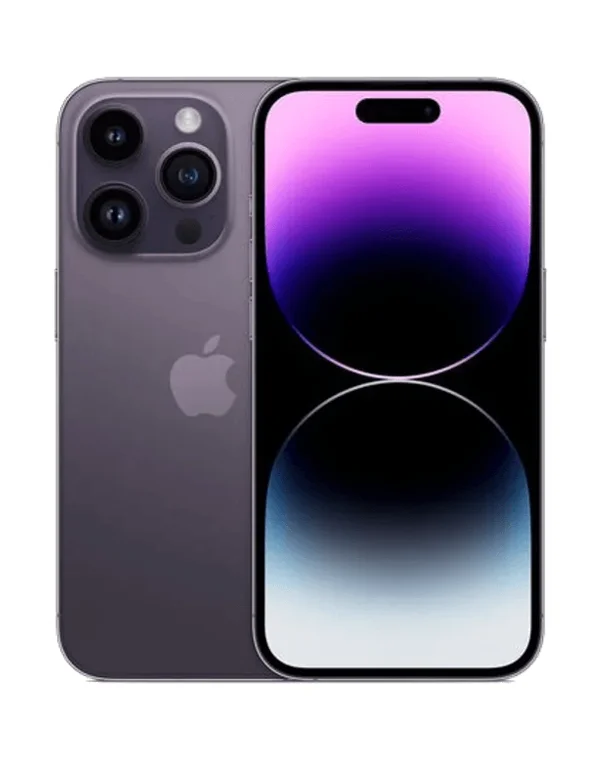
iPhone 14 Pro Max
Released: September 16, 2022
✓ Super Retina XDR 6.7" OLED
✓ 128GB
✓ A16 Bionic Chip
✓ 48MP Triple rear CameraPKR 534,999
-
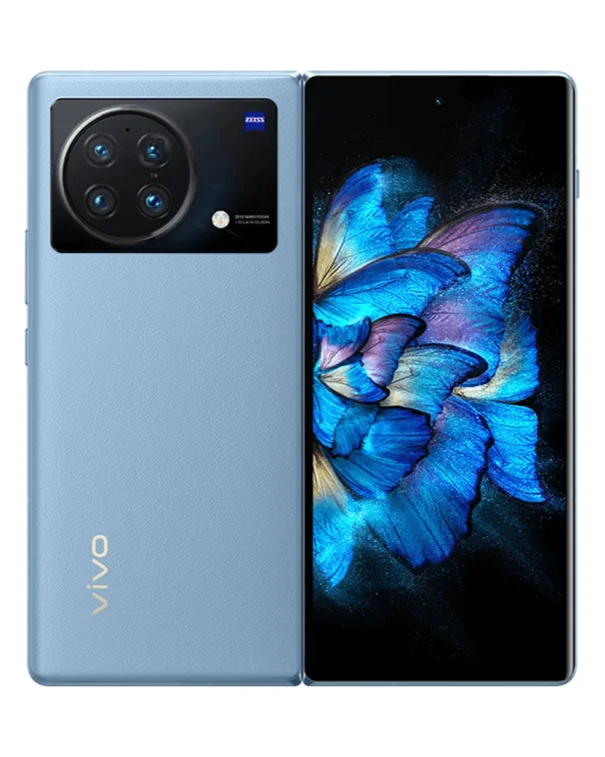
Vivo X Fold
Announced: April 11, 2022
✓ Snapdragon 8 Gen 1 (4nm)
✓ 50MP Quad rear camera
✓ 4600mAh (66W charging)UP-COMING
-
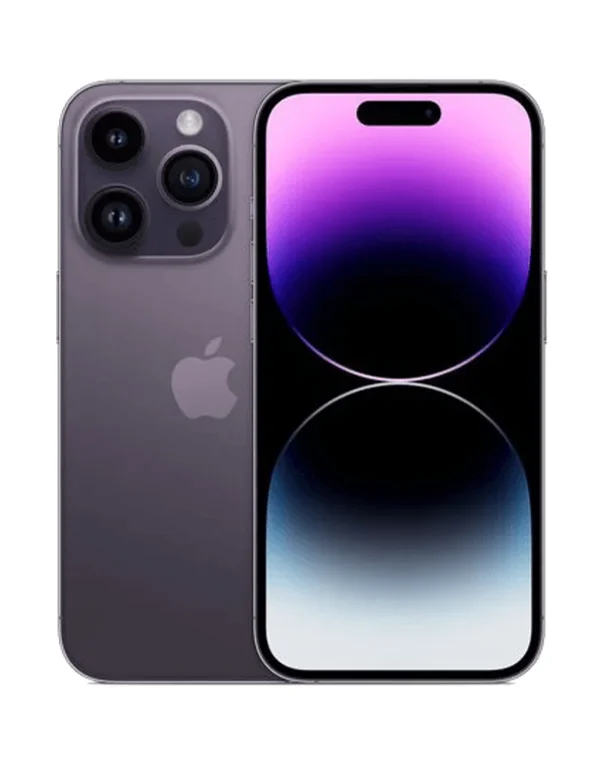
iPhone 14 Pro
Released: September 16, 2022
✓ Super Retina XDR 6.1" OLED
✓ 128GB
✓ A16 Bionic Chip
✓ 48MP Triple rear CameraPKR 504,999
-
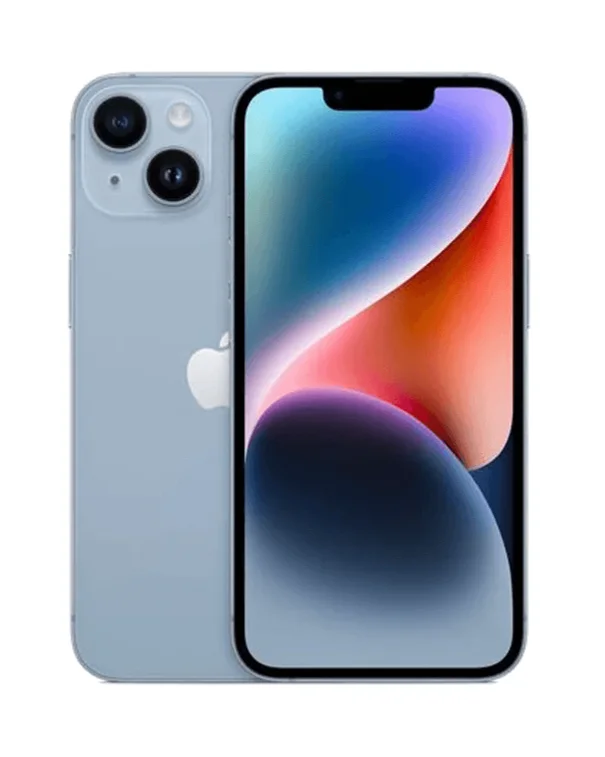
iPhone 14 Plus
Released: September 16, 2022
✓ Super Retina XDR 6.7" OLED
✓ 128GB
✓ A15 Bionic chip
✓ 12MP Dual rear CameraPKR 434,999
-
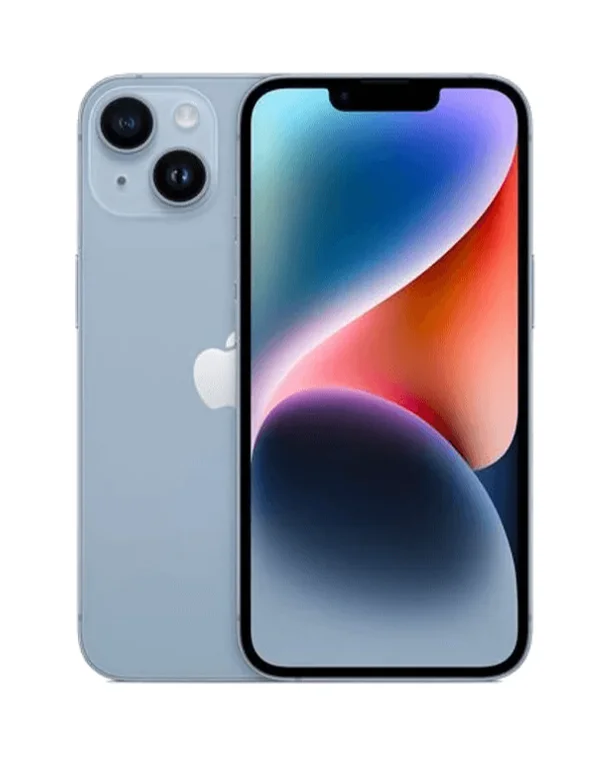
iPhone 14
Released: September 16, 2022
✓ Super Retina XDR 6.1" OLED
✓ 128GB
✓ A15 Bionic chip
✓ 12MP Dual rear CameraPKR 414,999
-
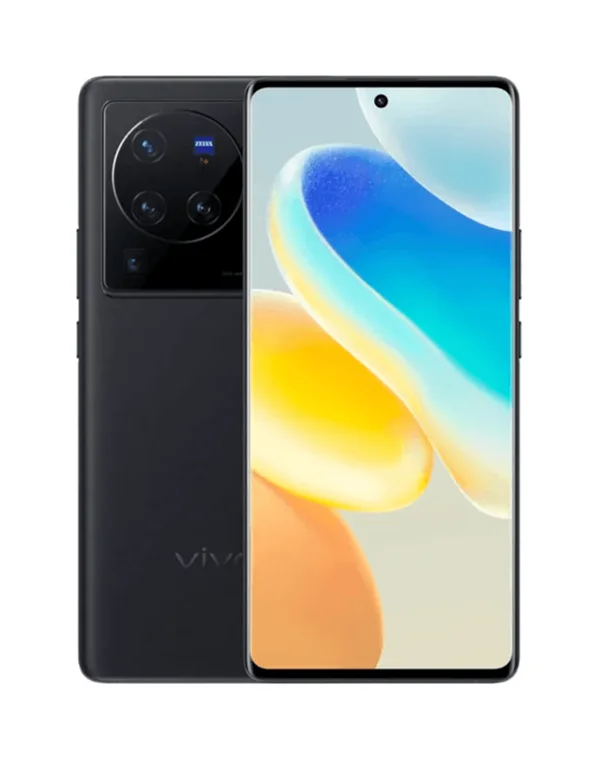
Vivo X80 Pro
Announced: April 29, 2022
✓ Snapdragon® 8 Gen 1
✓ 50MP Quad rear camera
✓ 4700mAh (80W charging)UP-COMING
-
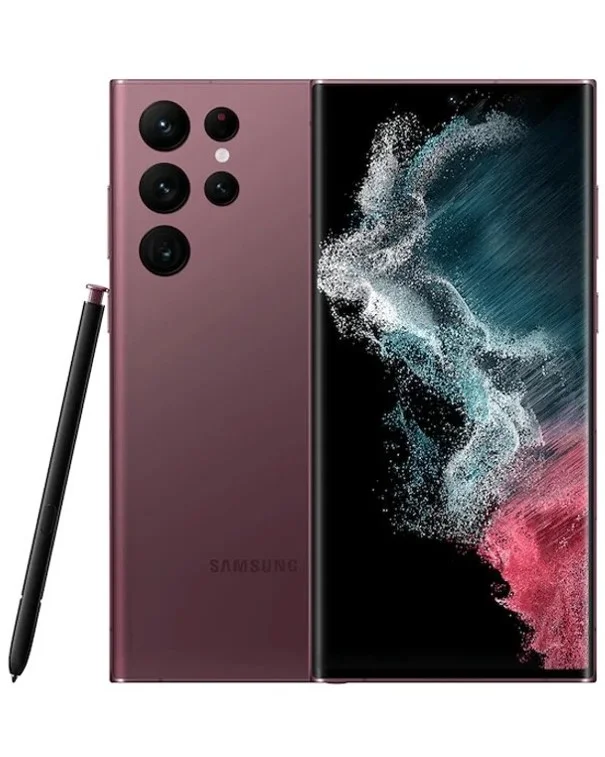
Galaxy S22 Ultra
Released: February 25, 2022
✓ Snapdragon™ 8 Gen 1
✓ 256GB 12GB
✓ 108MP Quad rear camera
✓ 5000mAh (45W) batteryPKR 299,999
-
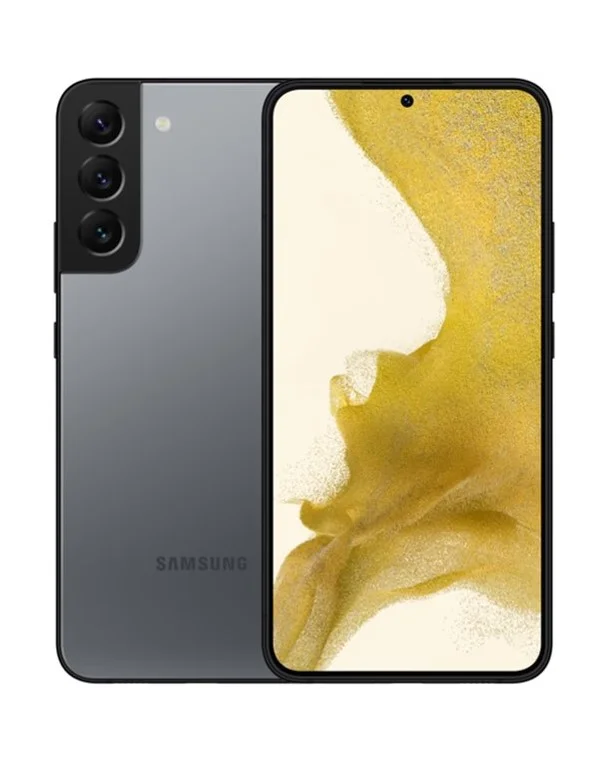
Galaxy S22+
Announced: February 25, 2022
✓ 128GB/256GB 8GB
✓ 50MP Triple rear camera
✓ 4500mAh (45W Charging)-
-

Galaxy S22
Released: February 25, 2022
✓ Snapdragon® 8 Gen 1
✓ 256GB 8GB
✓ 50MP Triple rear camera
✓ 3700mAh (25W Charging)DIS-CONTINUED
-

Galaxy S21 FE 5G
Released: January 07, 2022
✓ Snapdragon™ 888 5G (5nm)
✓ 256GB 8GB
✓ 12MP Triple rear camera
✓ 4500mAh (25W) batteryDIS-CONTINUED
-
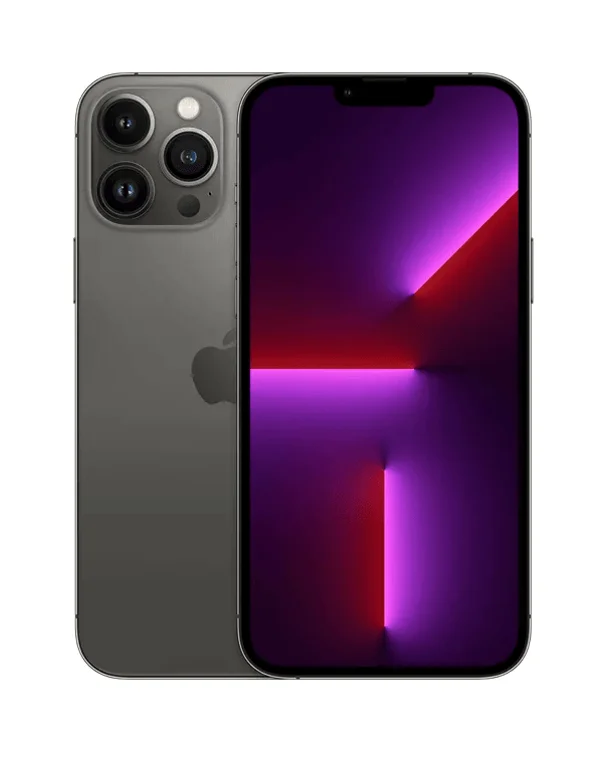
iPhone 13 Pro Max
Released: September 24, 2021
✓ 6.7" Super Retina XDR OLED
✓ 128GB
✓ Apple A15 Bionic
✓ 12MP Triple rear CameraPKR 309,999
-

iPhone 13 Pro
Released: September 24, 2021
✓ 6.1" Super Retina XDR OLED
✓ 128GB
✓ Apple A15 Bionic
✓ 12MP Triple rear CameraPKR 339,000
-
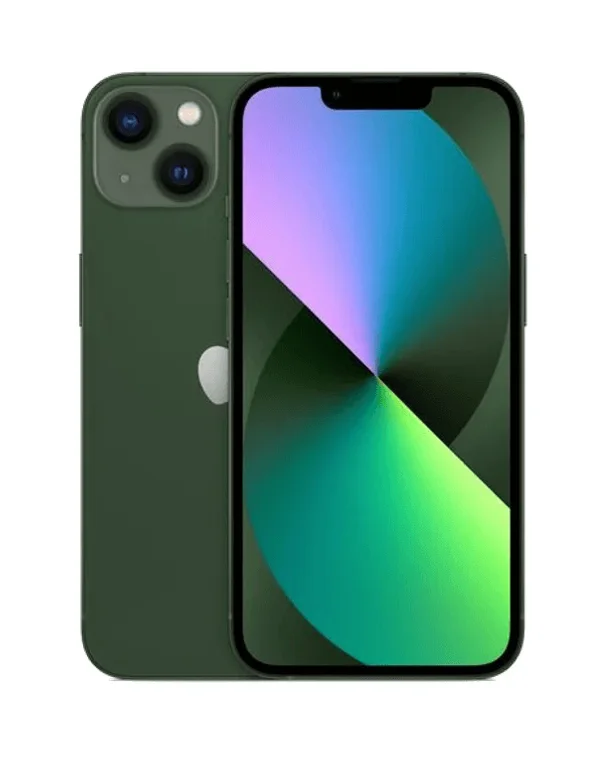
iPhone 13
Released: September 24, 2021
✓ 6.1" Super Retina XDR OLED
✓ 128GB
✓ Apple A15 Bionic (5nm)
✓ 12MP Dual rear CameraPKR 2,73,000
-

iPhone 13 mini
Released: September 24, 2021
✓ 5.4" Super Retina XDR OLED
✓ 128GB
✓ Apple A15 Bionic (5nm)
✓ 12MP Dual CameraPKR 229,000
-
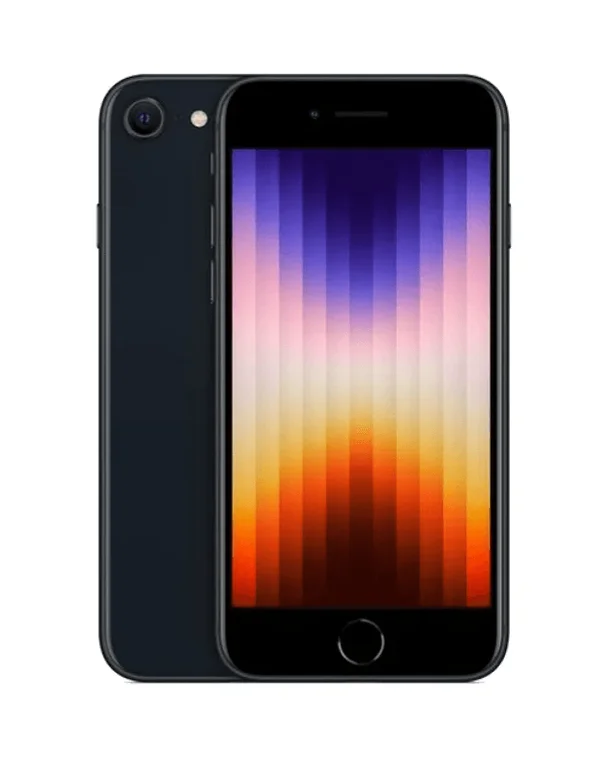
iPhone SE (2022)
Released: March 18, 2022
✓ (3rd Generation)
✓ 4.7" Retina HD Display
✓ 64GB
✓ Apple A15 Bionic ChipPKR 97,999
-

Galaxy S20 FE
Released: October 02, 2020
✓ Snapdragon™ 865
✓ 128GB 6GB/8GB
✓ 12MP Triple rear camera
✓ 4500mAh (15W Charging)DIS-CONTINUED
-
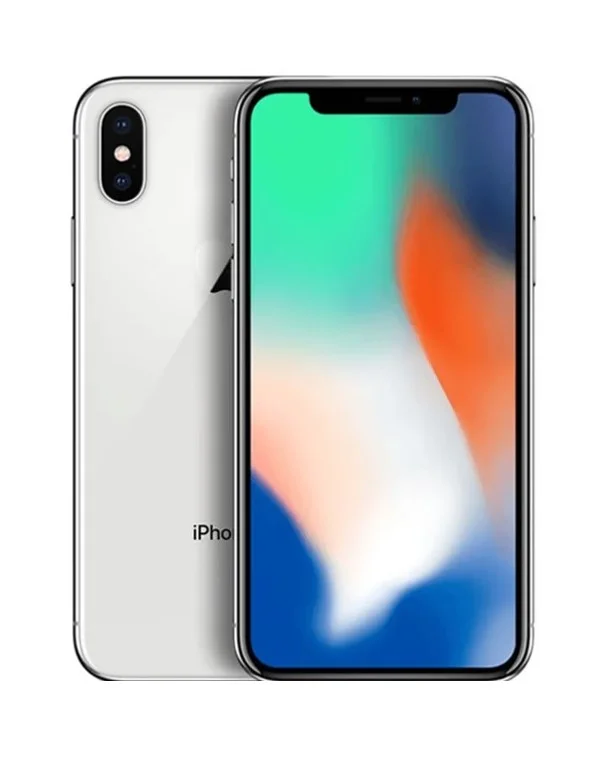
iPhone X
RELEASED: SEPTEMBER 12, 2017
✓ 64GB/256GB
✓ Apple A11 Bionic SoC
✓ 5.8" HDR OLED
✓ 12MP Dual rear CameraDIS-CONTINUED
Overview
Wireless charging for mobile phone devices revolutionized how we power our devices. Introduced in 2017, notably with the iPhone 8, it utilizes electromagnetic fields to transfer energy to a device without the need for physical cables. This technology primarily operates through two methods: inductive and resonant charging.
Inductive charging, the most common, involves two coils—one in the charging pad and another in the device—creating an alternating electromagnetic field to induce a current in the receiving coil, thus charging the device.
Resonant charging expands this concept by allowing power transfer over greater distances. Devices and chargers are equipped with resonant coils tuned to the same frequency, enhancing flexibility and convenience.
Wireless charging offers several advantages. It reduces cable clutter, minimizes wear on device ports, and enhances durability. While it's generally safe, heat generation is a concern, potentially affecting battery health. However, modern chargers incorporate safety features to mitigate this risk.
Compatibility is crucial. Most modern smartphones, including flagship models from Apple, Samsung, and other manufacturers, support wireless charging. The Qi standard, widely adopted in the industry, ensures interoperability between different devices and chargers.
Charging speed is a consideration. Wireless charging is typically slower than wired charging due to its lower power output and efficiency. However, advancements in technology aim to bridge this gap, offering faster and more efficient charging solutions.
Placement is key for effective charging. Proper alignment between the charging pad and the device's charging coil ensures optimal energy transfer. Some chargers incorporate alignment features like magnets or guiding rails to facilitate this process.
Environmental impact is also a factor. While wireless charging reduces the need for disposable cables, its energy efficiency compared to wired charging is a topic of discussion. However, the convenience it offers may encourage users to charge their devices more frequently, potentially offsetting any energy savings.
Future developments in wireless charging aim to address current limitations. These include faster charging speeds, longer charging distances, and improved efficiency. Technologies like radio frequency (RF) charging, which transfers power over longer distances using electromagnetic waves, hold promise for broader applications beyond smartphones.
In conclusion, wireless charging for mobile phone devices has transformed how we power our gadgets. Its convenience, coupled with compatibility and safety features, makes it a popular choice for consumers. While challenges like charging speed and efficiency persist, ongoing innovation continues to improve the technology, paving the way for a wire-free future.
Frequently Asked Questions
Wireless charging transfers power to devices without cables using electromagnetic fields. Common in phones and wearables, it involves inductive or resonant methods. Benefits include reduced cable clutter and enhanced device durability.
Wireless charging is generally safe for batteries but can generate more heat, potentially affecting battery health. It’s slower and less efficient than wired charging. Use quality chargers and ensure proper ventilation to minimize risks.
Wireless charging stations are generally safe. They include safety features to prevent overheating and overcharging. Ensure they are certified and used in well-ventilated areas to maintain optimal performance and safety.
Wireless charging generally does not work through metal. Metal interferes with the electromagnetic fields needed for inductive charging. However, some modern designs use alternative methods or materials to allow wireless charging through thin metal cases or surfaces.
Wireless charging does not typically damage SIM cards. The electromagnetic fields used for charging are designed to be safe for electronic components. However, ensuring the charging pad and phone are properly aligned can help avoid any potential issues.
Wireless charging for iPhones was introduced with the iPhone 8, iPhone 8 Plus, and iPhone X, which were all released in September 2017. These models support the Qi wireless charging standard.
Trending Devices
-
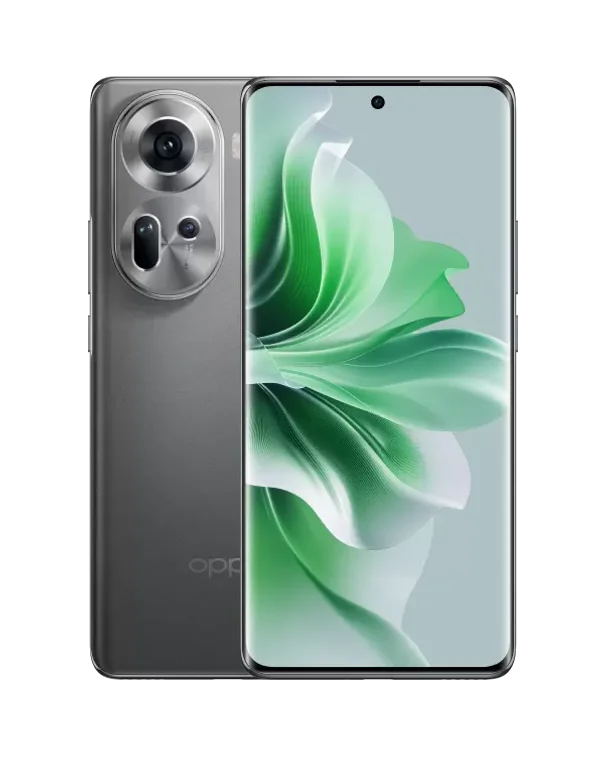
OPPO Reno11
Released: March 20, 2024
✓ Dimensity 7050 (6nm)
✓ 256GB 12GB
✓ 50MP Triple rear camera
✓ 5000mAh (67W) batteryPKR 129,999
-

vivo Y100 4G
Released: May 02, 2024
✓ Snapdragon™ 685 (6nm)
✓ 256GB 8GB
✓ 50MP Dual rear camera
✓ 5000mAh (80W) batteryPKR 59,999
-

CAMON 30
Released: April 25, 2024
✓ Helio G99 Ultimate (6nm)
✓ 256GB 12GB
✓ 50MP Dual rear camera
✓ 5000mAh (45W) batteryPKR 57,999
-

Infinix NOTE 40 Pro
Released: April 01, 2024
✓ MTK Helio G99 Ultimate (6nm)
✓ 256GB 12GB
✓ 108MP Triple rear camera
✓ 5000mAh (70W) batteryPKR 69,999
-

vivo V30
Released: March 18, 2024
✓ Snapdragon™ 7 Gen 3 (4nm)
✓ 256GB 12GB
✓ 50MP Dual rear camera
✓ 5000mAh (80W) batteryPKR 139,999
-
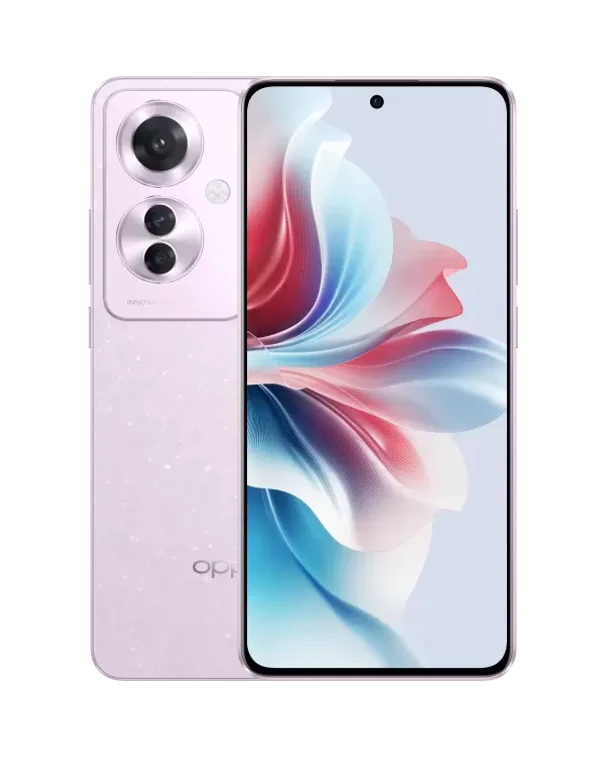
OPPO Reno11 F 5G
Released: March 20, 2024
✓ MediaTek Dimensity 7050 (6nm)
✓ 256GB 8GB
✓ 64MP Triple rear camera
✓ 5000mAh (67W) batteryPKR 79,999
Latest Mobile Phones
-

Galaxy A55 5G
Released: May 17, 2024
✓ Exynos 1480 (4nm)
✓ 256GB 8GB
✓ 50MP Triple rear camera
✓ 5000mAh (25W) batteryPKR 130,999
-

Galaxy A35 5G
Released: March 11, 2024
✓ Exynos 1380 (5nm)
✓ 256GB 8GB
✓ 50MP Triple rear camera
✓ 5000mAh (25W) batteryPKR 114,999
-

Xiaomi 14
Released: February 27, 2024
✓ Snapdragon® 8 Gen 3 (4nm)
✓ 512GB 12GB
✓ 50MP Triple rear camera
✓ 4610mAh (90W) batteryPKR 339,999
-

CAMON 30 Premier 5G
Released: May 01, 2024
✓ Dimensity 8200 Ultimate (4nm)
✓ 512GB 12GB
✓ 50MP Triple rear camera
✓ 5000mAh (70W) batteryPKR 158,999
-

OPPO Reno11
Released: March 20, 2024
✓ Dimensity 7050 (6nm)
✓ 256GB 12GB
✓ 50MP Triple rear camera
✓ 5000mAh (67W) batteryPKR 129,999
-
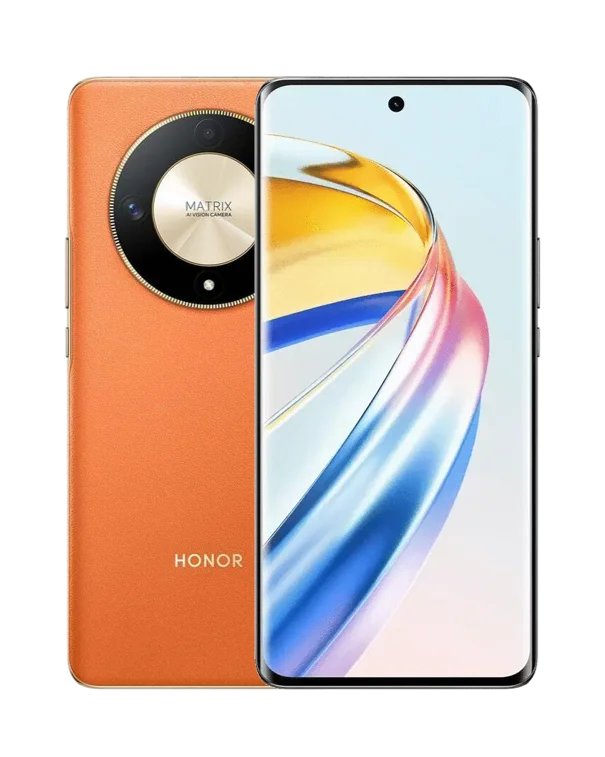
HONOR X9b
Released: May 06, 2024
✓ Snapdragon™ 6 Gen 1
✓ 256GB 12GB
✓ 108MP Triple rear Camera
✓ 5800mAh (35W) batteryPKR 129,999